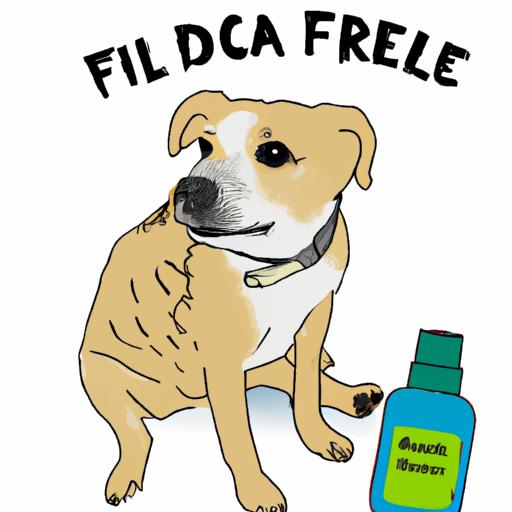Understanding the Flea Problem
As a caregiver, you know that your dog’s health and comfort is of utmost importance. When your furry friend starts scratching incessantly, it’s usually a clear indicator that fleas have taken up residence in its coat. These pesky parasites are more than just a nuisance; they can cause severe discomfort and health problems if not dealt with promptly.
Identifying the Best Flea Treatments
There’s a wide range of flea treatments available in the market. It’s crucial to understand each one’s benefits and drawbacks so you can make the most informed decision for your pet.
-
Topical Treatments: These are applied directly to your dog’s skin, usually between the shoulder blades or at the base of the neck. They work by killing fleas on contact, preventing them from biting your pet.
-
Oral Medications: These are pills or chewables that your dog can ingest. They act fast, killing fleas within a few hours.
-
Flea Collars: These are worn around your dog’s neck and can provide protection for several months.
-
Flea Shampoos: These are used during your dog’s bath time. They kill fleas on contact but only provide short-term protection.
-
Flea Sprays: These can be used on your dog and its environment. However, they require frequent application.
| Treatment Type | Benefits | Drawbacks |
|---|---|---|
| Topical Treatments | Long-lasting, easy to apply | May cause skin irritation |
| Oral Medications | Fast-acting, easy to administer | May cause digestive upset |
| Flea Collars | Long-lasting, easy to use | Less effective on larger dogs |
| Flea Shampoos | Immediate relief | Short-term solution |
| Flea Sprays | Can be used on dog and surrounding areas | Requires frequent application |
Considering Your Dog’s Individual Needs
Each dog is unique, and what works best for one might not be effective for another. Consider your dog’s age, health, lifestyle, and the severity of the flea infestation when choosing a treatment. Consult with your vet to ensure the treatment you choose is safe and suitable for your pet.
Natural Alternatives and Preventative Measures
If you prefer a natural approach, there are several alternatives such as essential oils, diatomaceous earth, or even homemade flea traps. However, remember that natural doesn’t always mean safer or more effective.
Prevention is always better than cure. Regular grooming, vacuuming your home frequently, and washing your pet’s bedding can help prevent a flea infestation.
Frequently Asked Questions
Q: How quickly do flea treatments work?
A: Most treatments start working within 24-48 hours.
Q: Are flea treatments safe for all dogs?
A: Always consult with your vet before starting a new flea treatment to ensure it’s safe for your dog.
Q: Can I use multiple flea treatments at once?
A: It’s not recommended to mix flea treatments without consulting with a vet.
Q: How often should I apply flea treatment?
A: It depends on the product. Some last a month, while others can last up to three months.



